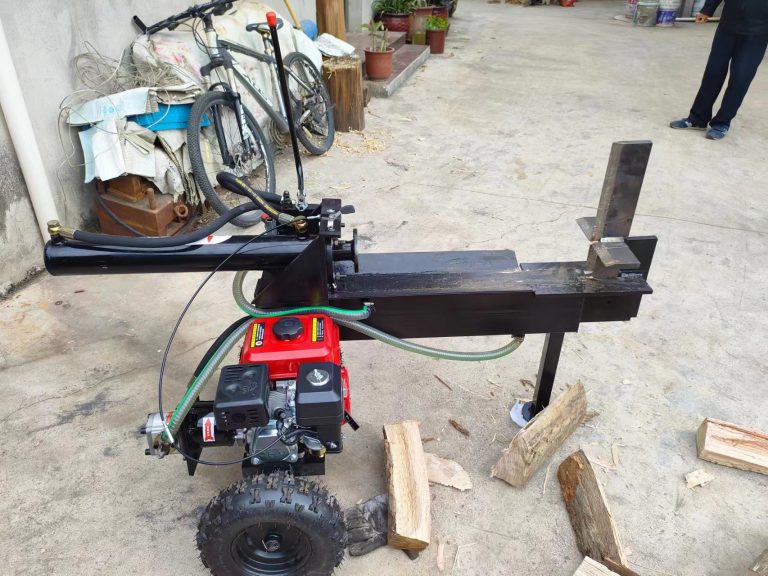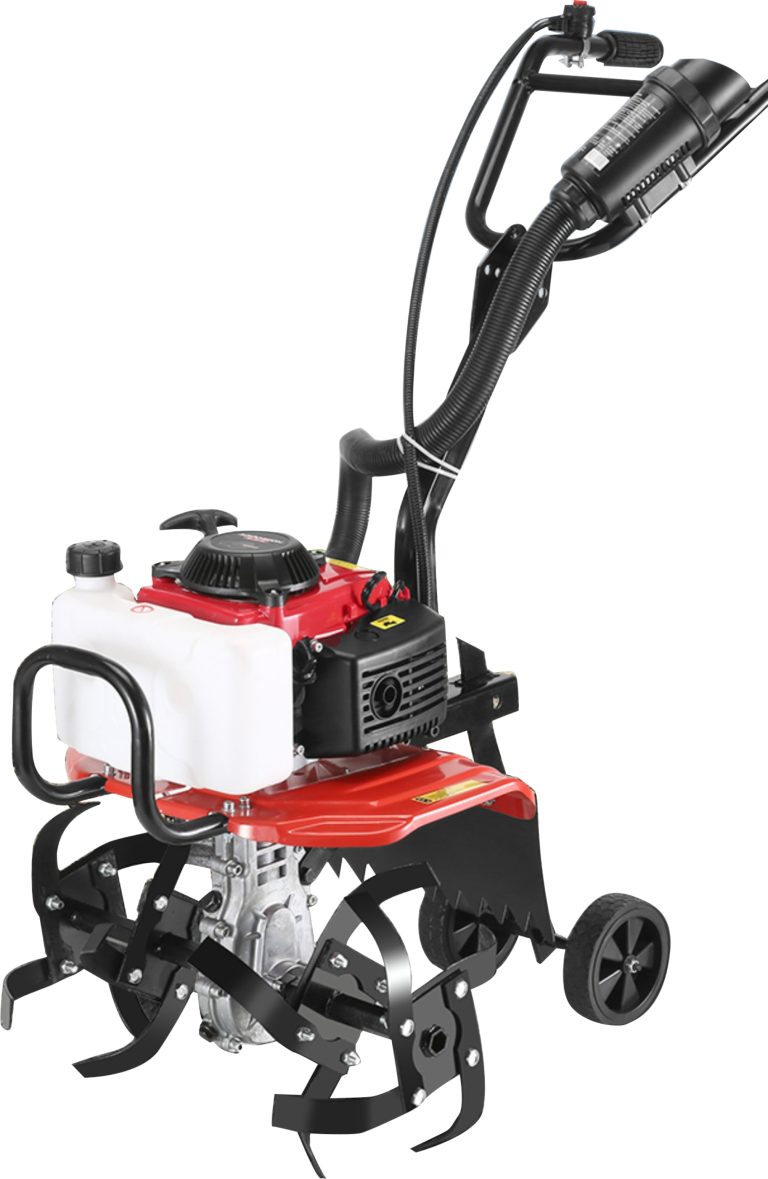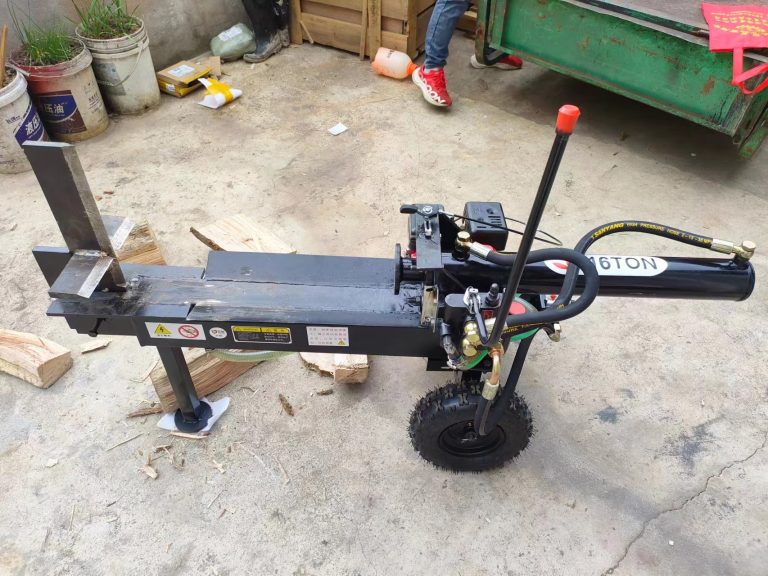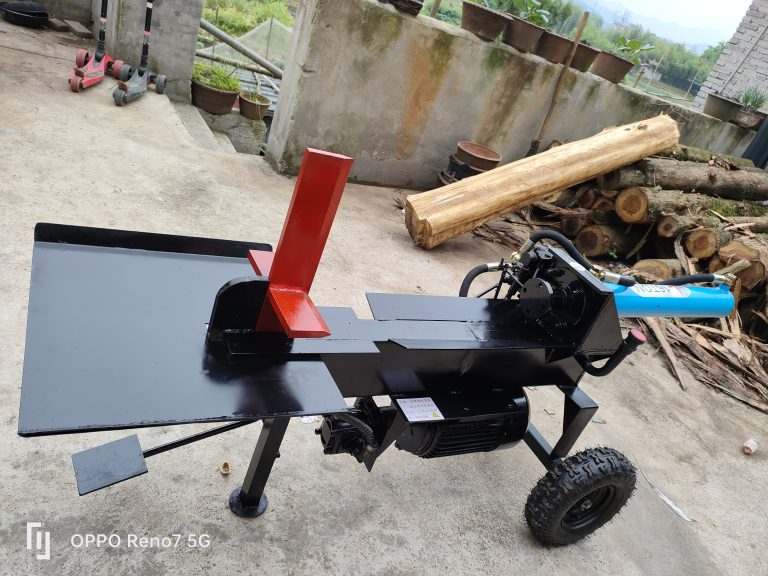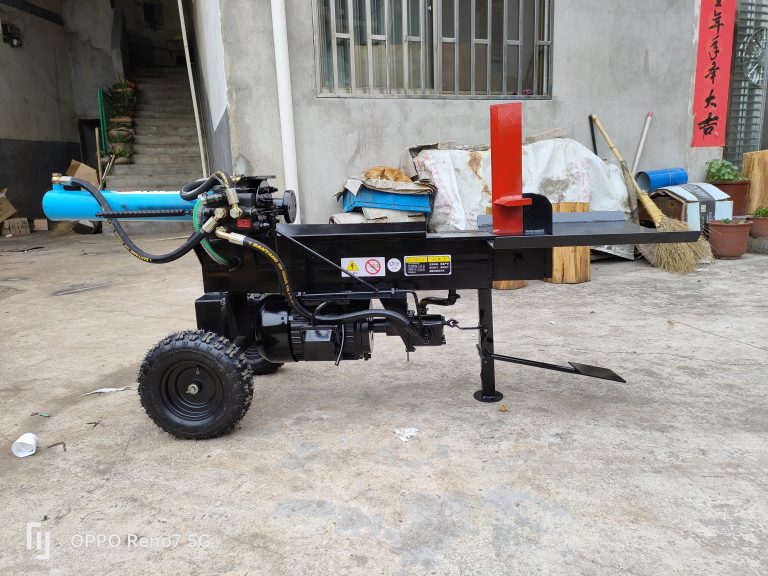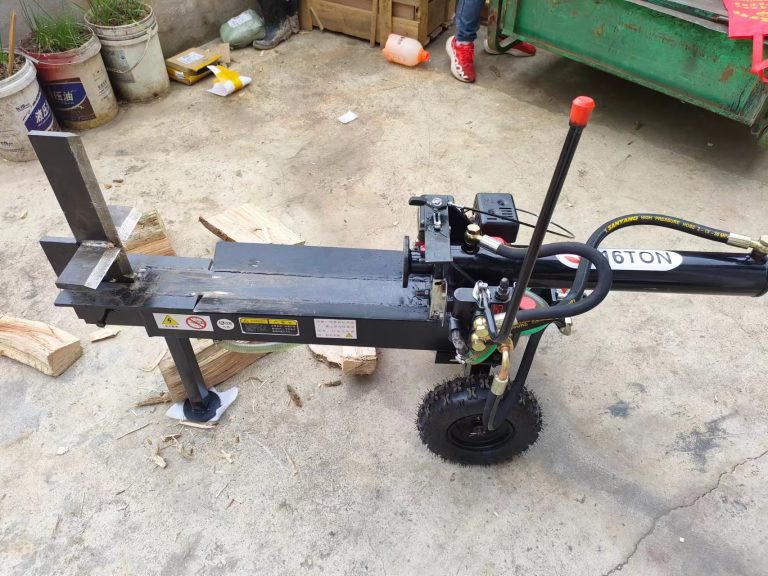Table of Contents
Benefits of Using a Wood Cleaving Machine in Timber Production
Wood cleaving machines have revolutionized the timber industry by streamlining the process of splitting wood into smaller pieces. These machines are essential for timber companies looking to increase efficiency and productivity in their operations. In this article, we will explore the benefits of using a wood cleaving machine in timber production.
One of the primary advantages of using a wood cleaving machine is the speed at which it can split wood. These machines are capable of processing large volumes of timber in a fraction of the time it would take to split the wood by hand. This increased speed allows timber companies to meet tight production deadlines and fulfill customer orders in a timely manner.
In addition to speed, wood cleaving machines also offer precision and consistency in the splitting process. By using a machine, timber companies can ensure that each piece of wood is split to the exact specifications required for their products. This level of precision is crucial for maintaining quality control and producing high-quality timber products.
Another benefit of using a wood cleaving machine is the reduction in labor costs. By automating the splitting process, timber companies can significantly reduce the number of workers needed to split wood manually. This not only saves money on labor costs but also frees up workers to focus on other tasks within the production process.
Furthermore, wood cleaving machines are designed to be safe and easy to operate. These machines are equipped with safety features to protect workers from injury during the splitting process. Additionally, many wood cleaving machines are user-friendly and require minimal training to operate effectively. This ease of use allows timber companies to quickly integrate the machines into their production process without extensive downtime or training periods.
Using a wood cleaving machine can also lead to increased efficiency in timber production. These machines are designed to maximize the yield of usable timber from each log, minimizing waste and maximizing profits for timber companies. By utilizing a wood cleaving machine, timber companies can make the most of their raw materials and reduce the amount of waste generated during the production process.
Overall, the benefits of using a wood cleaving machine in timber production are clear. These machines offer increased speed, precision, and consistency in the splitting process, while also reducing labor costs and increasing efficiency. With their safety features and user-friendly design, wood cleaving machines are a valuable asset for any timber company looking to improve their production process and maximize their profits.
In conclusion, wood cleaving machines play a crucial role in the timber industry by streamlining the process of splitting wood and increasing efficiency in production. Timber companies that invest in these machines can expect to see improvements in speed, precision, and consistency, as well as reductions in labor costs and waste. By utilizing a wood cleaving machine, timber companies can stay competitive in the market and meet the demands of their customers with high-quality timber products.
How to Choose the Right Wood Cleaving Machine for Your Timber Company
Wood cleaving machines are essential tools for timber companies looking to efficiently process large quantities of wood. These machines are designed to split wood along its grain, creating pieces of timber that can be used for various purposes such as construction, furniture making, and more. With so many options available on the market, choosing the right wood cleaving machine for your timber company can be a daunting task. In this article, we will discuss some key factors to consider when selecting a wood cleaving machine to ensure that you make the best choice for your business.
One of the first things to consider when choosing a wood cleaving machine is the type of wood you will be processing. Different machines are designed to handle different types of wood, so it is important to choose a machine that is suitable for the specific type of wood you will be working with. For example, if you will be processing hardwoods, you will need a machine that is capable of handling the increased density and hardness of these woods.
Another important factor to consider is the size and capacity of the wood cleaving machine. You will need to choose a machine that is large enough to handle the volume of wood you will be processing on a regular basis. Additionally, you will need to consider the size of the pieces of wood that the machine is capable of producing. Make sure to choose a machine that can produce pieces of timber that are the right size for your intended use.
In addition to size and capacity, it is also important to consider the efficiency and speed of the wood cleaving machine. Look for a machine that is capable of processing wood quickly and efficiently, as this will help to increase productivity and reduce downtime. Some machines are equipped with advanced features such as automatic feeding and cutting, which can further improve efficiency and speed up the processing of wood.
| Applicable Industries | Farms, Home Use, Retail, Construction works , Forestry and Garden |
| Type | Wood splitter |
| Power Type | Gasoline/Petrol/Diesel/E-power |
| Splitting Force | 2tons/5tons/10tons/16tons/22tons |
| Maximumn trunk length: | 60cm |
| Maximmn trunk Dia: | 35-55cm |
| Max. Output: | 7.5HP/15HP |
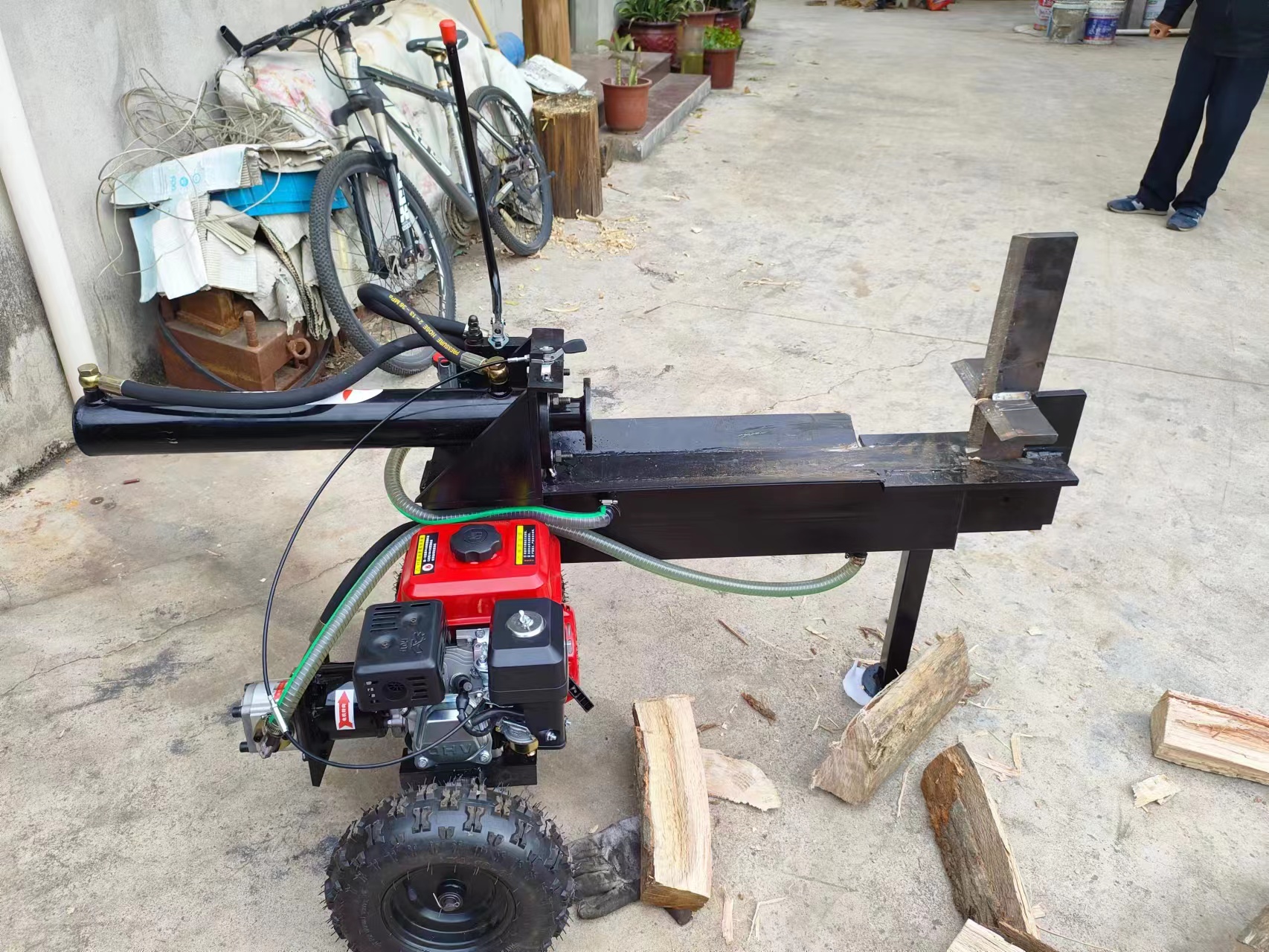
When choosing a wood cleaving machine, it is also important to consider the level of automation that is required for your business. Some machines are fully automated, while others require more manual operation. Consider the level of automation that is best suited to your business needs and choose a machine that offers the right balance of automation and manual operation.
Finally, it is important to consider the cost of the wood cleaving machine. Prices can vary widely depending on the size, capacity, features, and brand of the machine. It is important to set a budget and choose a machine that offers the best value for your money. Consider factors such as maintenance costs, warranty coverage, and customer support when making your decision.
In conclusion, choosing the right wood cleaving machine for your timber company is a crucial decision that can have a significant impact on the efficiency and productivity of your business. Consider factors such as the type of wood you will be processing, the size and capacity of the machine, efficiency and speed, level of automation, and cost when making your decision. By carefully considering these factors, you can choose a wood cleaving machine that meets your business needs and helps you achieve success in the timber industry.
Top Tips for Maintaining and Optimizing Your Wood Cleaving Machine’s Performance
Wood cleaving machines are essential tools for timber companies looking to efficiently process large quantities of wood. These machines are designed to split logs into smaller pieces, making them easier to handle and transport. However, like any piece of equipment, wood cleaving machines require regular maintenance and optimization to ensure they continue to operate at peak performance. In this article, we will discuss some top tips for maintaining and optimizing your wood cleaving machine.
One of the most important aspects of maintaining a wood cleaving machine is keeping it clean and free of debris. Over time, sawdust and other particles can build up in the machine, causing it to operate less efficiently. Regularly cleaning the machine with compressed air or a brush can help prevent this buildup and keep the machine running smoothly.
In addition to keeping the machine clean, it is also important to regularly inspect and replace any worn or damaged parts. This includes blades, belts, and bearings, which can wear out over time with regular use. By replacing these parts as needed, you can prevent more serious issues from arising and ensure that your wood cleaving machine continues to operate effectively.
Another important aspect of maintaining a wood cleaving machine is ensuring that it is properly lubricated. Lubrication helps reduce friction between moving parts, which can help prevent wear and tear on the machine. Be sure to follow the manufacturer’s recommendations for the type and frequency of lubrication needed for your specific machine.
In addition to regular maintenance, there are also steps you can take to optimize the performance of your wood cleaving machine. One important factor to consider is the type of wood you are processing. Different types of wood have different densities and grain patterns, which can affect how easily they split. By adjusting the settings on your machine to accommodate the specific characteristics of the wood you are working with, you can optimize its performance and ensure a more efficient operation.
Another way to optimize your wood cleaving machine’s performance is to pay attention to the speed at which you are feeding the wood into the machine. Feeding the wood too quickly can put unnecessary strain on the machine and increase the risk of jams or other issues. By feeding the wood at a steady, controlled pace, you can help ensure a smooth and efficient operation.
| Applicable Industries | Farms |
| Type | Wood splitter |
| Power Type | Gasoline |
| Splitting Force | 2tons |
| Maximumn trunk length: | 60cm |
| Maximmn trunk Dia: | 35-55cm |
| Max. Output: | 7.5HP/15HP |
In conclusion, maintaining and optimizing your wood cleaving machine is essential for ensuring that it continues to operate at peak performance. By keeping the machine clean, inspecting and replacing worn parts, and properly lubricating the machine, you can prevent issues from arising and extend the life of your equipment. Additionally, by adjusting the settings on your machine to accommodate the specific characteristics of the wood you are working with and feeding the wood at a steady pace, you can optimize its performance and improve efficiency. By following these top tips, you can keep your wood cleaving machine running smoothly and effectively for years to come.

